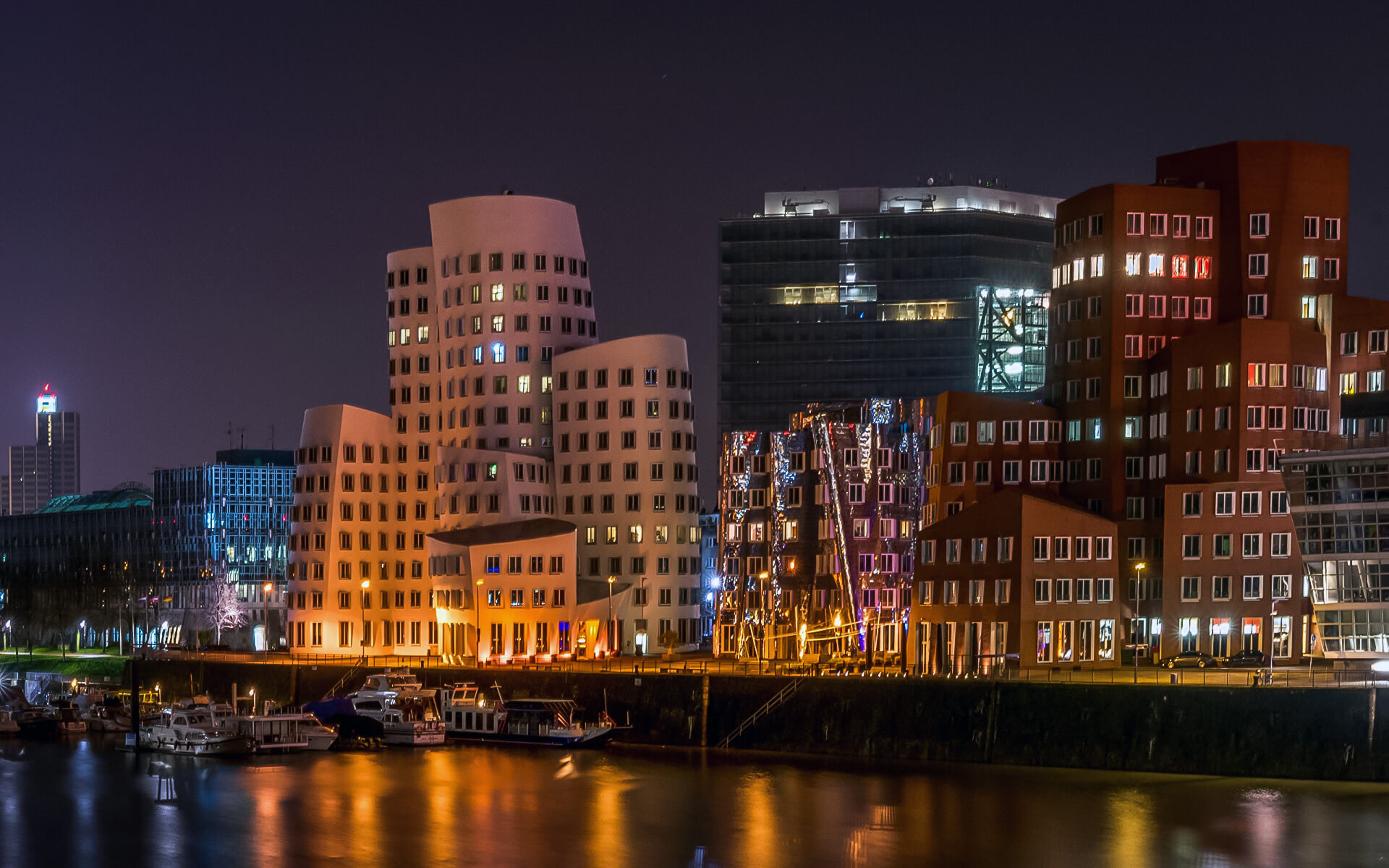Düsseldorf is the capital city of the state of North Rhine-Westphalia and a metropolis on the Rhine River in western Germany. With a population of about 600,000, it is one of the country’s economic centers and a key city within the Rhine-Ruhr metropolitan region.
While Frankfurt is the German financial services centre, and many other German towns excel in other sectors, Düsseldorf has the biggest concentration of professional services, creative industries, and media, and is known as the German fashion capital. Düsseldorf also boasts a high number of Japanese corporations’ German or European headquarters, as well as a sizable Japanese community, accounting for more than 1% of the city’s total population.
The city is well-known for its nightlife, carnival, events, shopping, and fashion, as well as trade fairs such as the Boot Messe (trade fair for boats and watersports) and Igedo (fashion fair). Every year, about 4 million people attend the Kirmes amusement fair, which is open for ten days throughout the summer.
Since 1994, all ethnic and linguistic groups in the country’s democracy, which consists of a parliamentary republic and nine provinces, have had political representation. South Africa is sometimes referred to as the “Rainbow Nation” to reflect the country’s newly emerging multicultural variety in the aftermath of apartheid ideology. South Africa is classified as an upper-middle-income economy and a recently industrialized country by the World Bank. It has the second-largest economy in Africa and the 34th-largest in the world. South Africa has the seventh-highest per capita income in Africa in terms of purchasing power parity. Poverty and inequality, however, remain pervasive, with almost a quarter of the population jobless and living on less than US$1.25 per day. Nonetheless, South Africa is regarded as a medium power in international affairs and wields substantial regional power.


